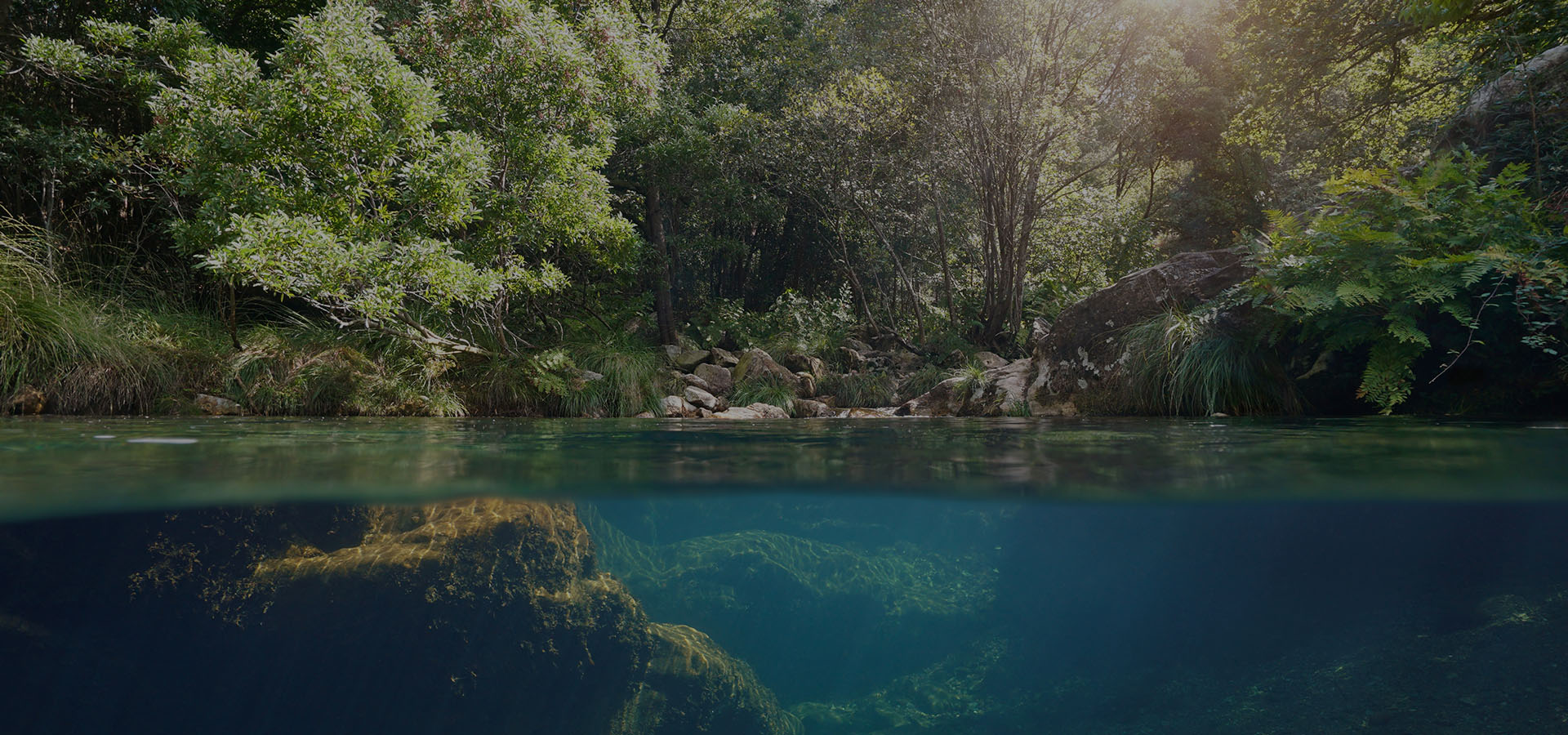What is the IUCN?
The International Union for Conservation of Nature (IUCN), first established in 1948 as the International Union for the Protection of Nature and Natural Sources and then the World Conservation Union, is an international organization focused on conservation and the sustainable use of earth’s natural resources.
The IUCN can aid in the development of appropriate measures to safeguard earth’s natural resources through their work which involves data collection, analysis, research and education to identify the status of the natural world from an ecosystem to species level, business and biodiversity, climate change, global policy and more.
Learn more about the IUCN here https://www.iucn.org/about

What is the Red List Assessment?
The IUCN Red List Assessment is a species-level assessment to identify the status of each species i.e., their risk of extinction (Figure 1). The assessment therefore will allow decision makers to take action, respond and prioritize the appropriate conservation measures.

Figure 1 – IUCN Red List Categories based on Risk of Extinction (IUCN Standards and Petitions Committee, 2019.pdf)
The First Regional Red List Assessment of Selected Species in the Kingdom of Bahrain
In 2017, Bahrain was the first country in the GCC to conduct a Red List Assessment. The assessment was led by the Supreme Council for Environment in collaboration with the Arab Regional Centre for World Heritage (ARC-WH) and local field experts, specialists and scientists.
Bahrain’s Regional Red List Assessment team first determined and identified priority species and populations to be assessed according to the IUCN criteria. The team identified 29 priority species to be evaluated and out of the priority species, 23 were assessed (Table 1) while the remaining 6 were excluded due to lack of data.
| Table 1 – Summary List of the assessment of the 29 suggested priority species in Bahrain as Extracted from the Bahrain Red List Regional Assessment (2017) | ||
| Scientific Name | Common Name | |
| Critically Endangered | Pavona cactus | Cactus Coral |
| Acropora clathrate | – | |
| Avicennia marina | Grey Mangrove | |
| Pristis zijsron | Green Sawfish | |
| Eretmochelys imbricata | Hawksbill Turtle | |
| Neophocaena phocaenoides | Finless Porpoise | |
| Endangered | Halophilia stipulacea | – |
| Halophila ovalis | – | |
| Halodule uninervis | – | |
| Chelonia mydas | Green Turtle | |
| Falco concolor | Sooty Falcon | |
| Vulnerable | Pelophylax ridibundus | Eurasian Marsh Frog |
| Mauremys caspica | Caspian Turtle | |
| Egretta gularis | Western Reef Heron | |
| Dugong dugon |
|
|
| Phalacrocorax negugolaris | Socotra Cormorant | |
| Near Threatened | Charadrius alexandrines | Kentish Plover |
| Epinephelus coioides | Orange-spotted Grouper | |
| Least Concern | Himantopus himantopus | Black-winged Stilt |
| Not Applicable | Phoenicopterus roseus | Greater Flamingo |
| Charadrius hiaticula | Ringed Plover | |
| Larus ridibundus | Black-headed Gull | |
| Not Evaluated | Pycnonotus leucotis | White-eared Bulbul |
You can find the full Regional Red List Assessment report for Bahrain here (Bahrain Red List Assessment.pdf) or visit https://www.arcwh.org/filePdfs/Bahrain-RedList-Report101.pdf
More recently in 2019, Bahrain officially became a State member of the IUCN.
https://www.iucn.org/news/west-asia/201903/iucn-welcomes-kingdom-bahrain-new-state-member
Information Sources and References
- About IUCN. (2022). Retrieved 22 May 2021, from https://www.iucn.org/about-iucn
- Supreme Council for Environment and Arab Regional Center for World Heritage. (2019). The First Regional Red List Assessment of Selected Species in the Kingdom of Bahrain. Retrieved from https://www.arcwh.org/filePdfs/Bahrain-RedList-Report101.pdf
- IUCN welcomes the Kingdom of Bahrain as new State Member. (2022). Retrieved 22 May 2021, from https://www.iucn.org/news/west-asia/201903/iucn-welcomes-kingdom-bahrain-new-state-member



